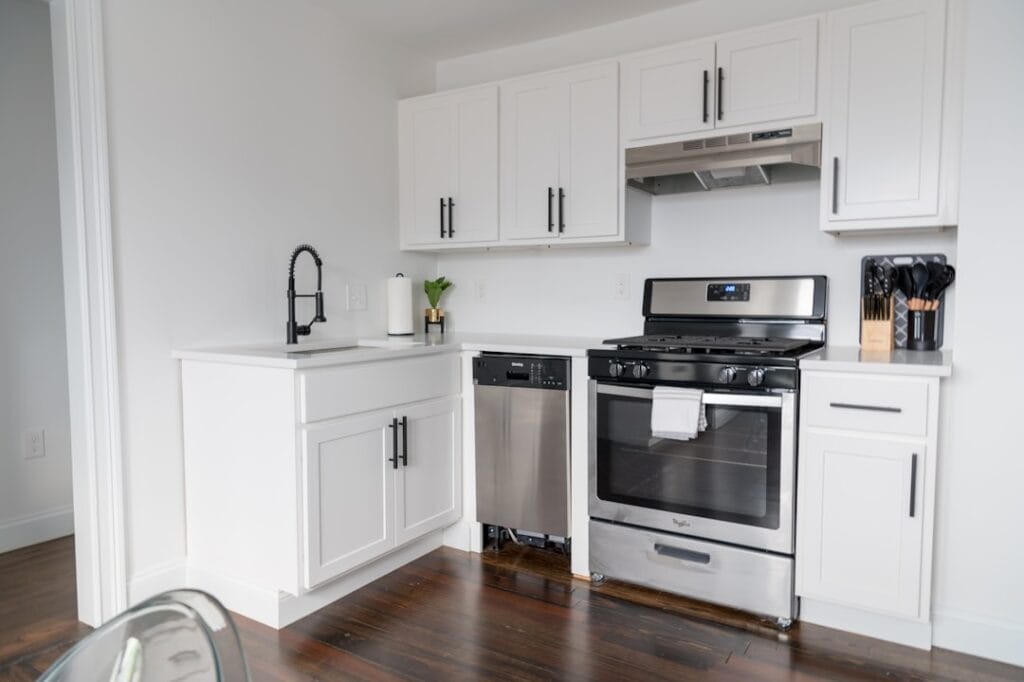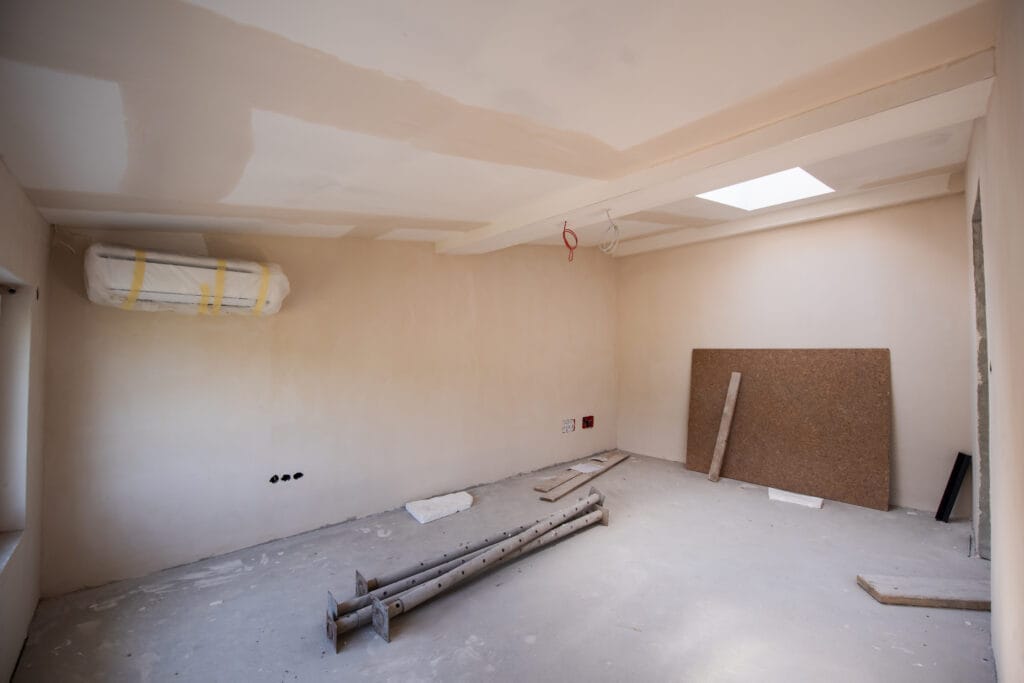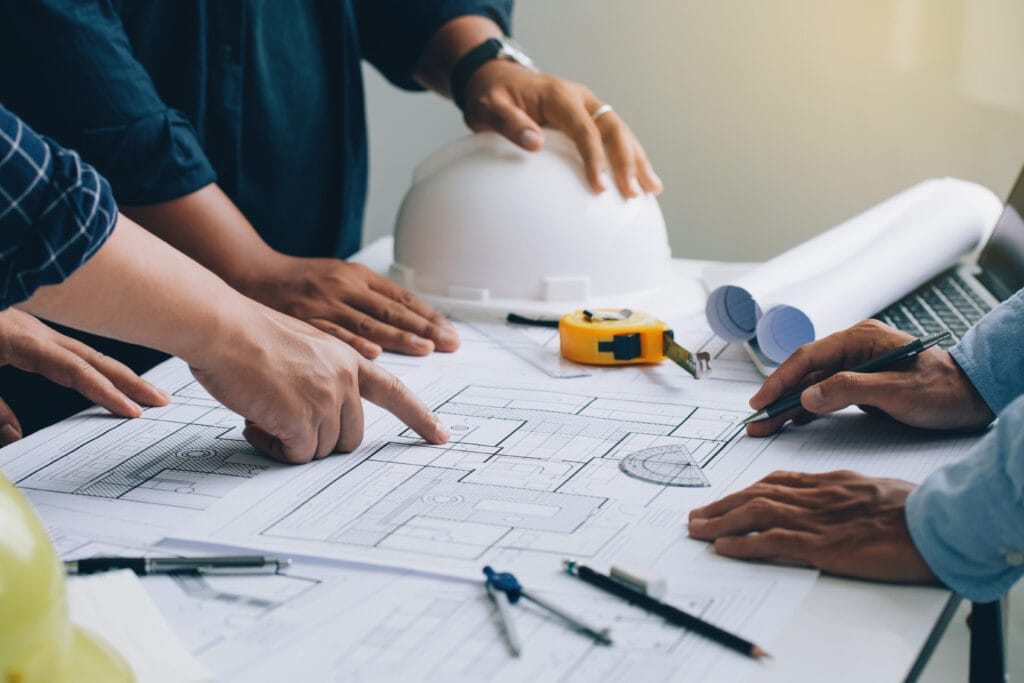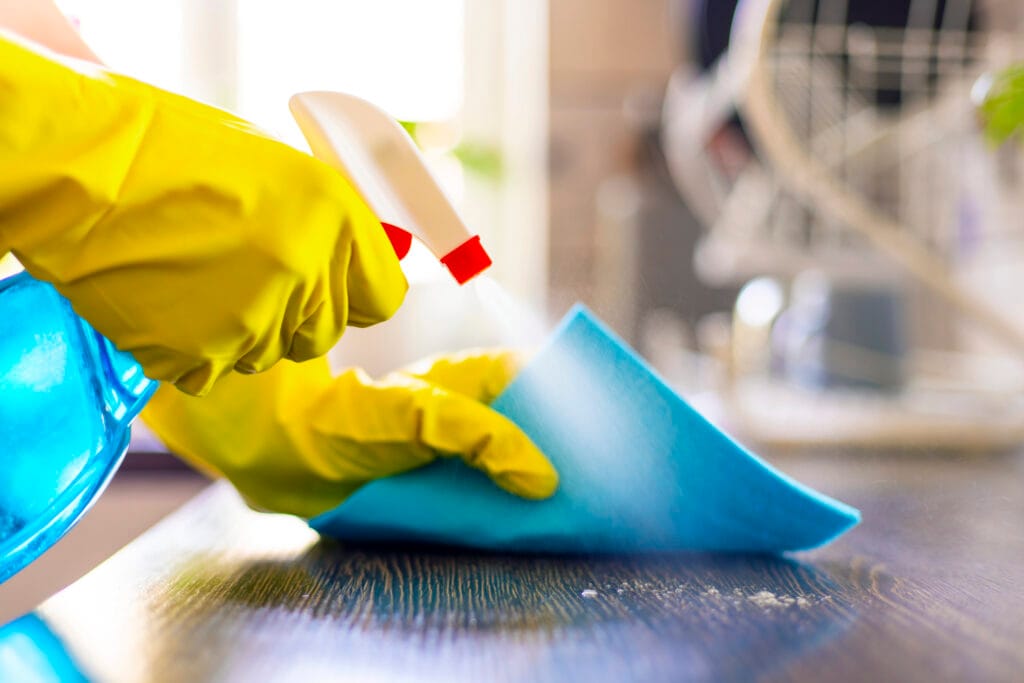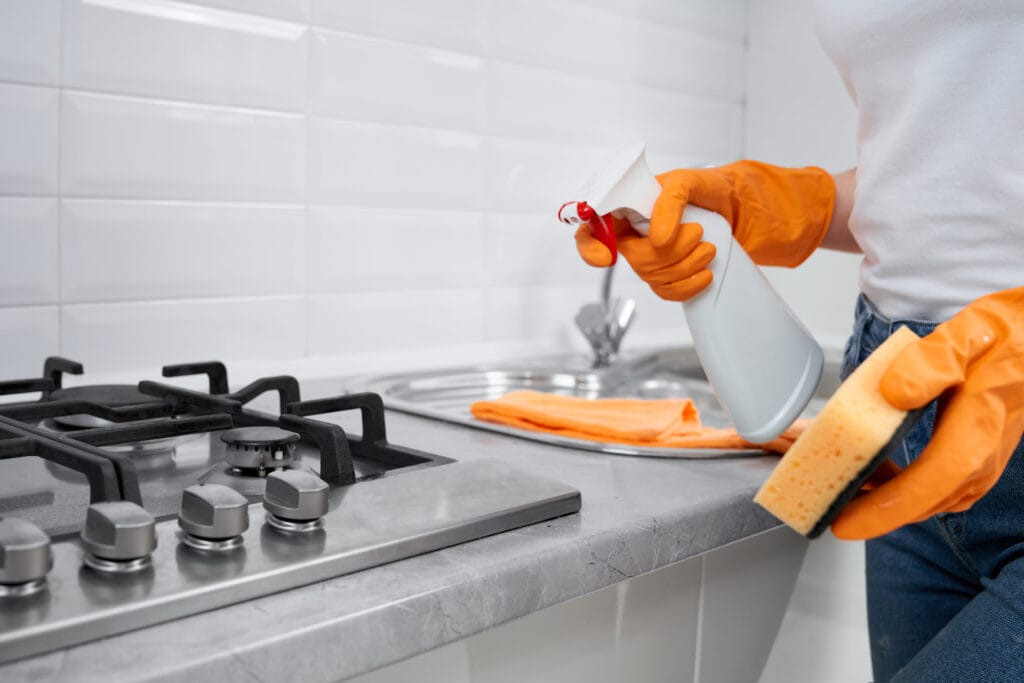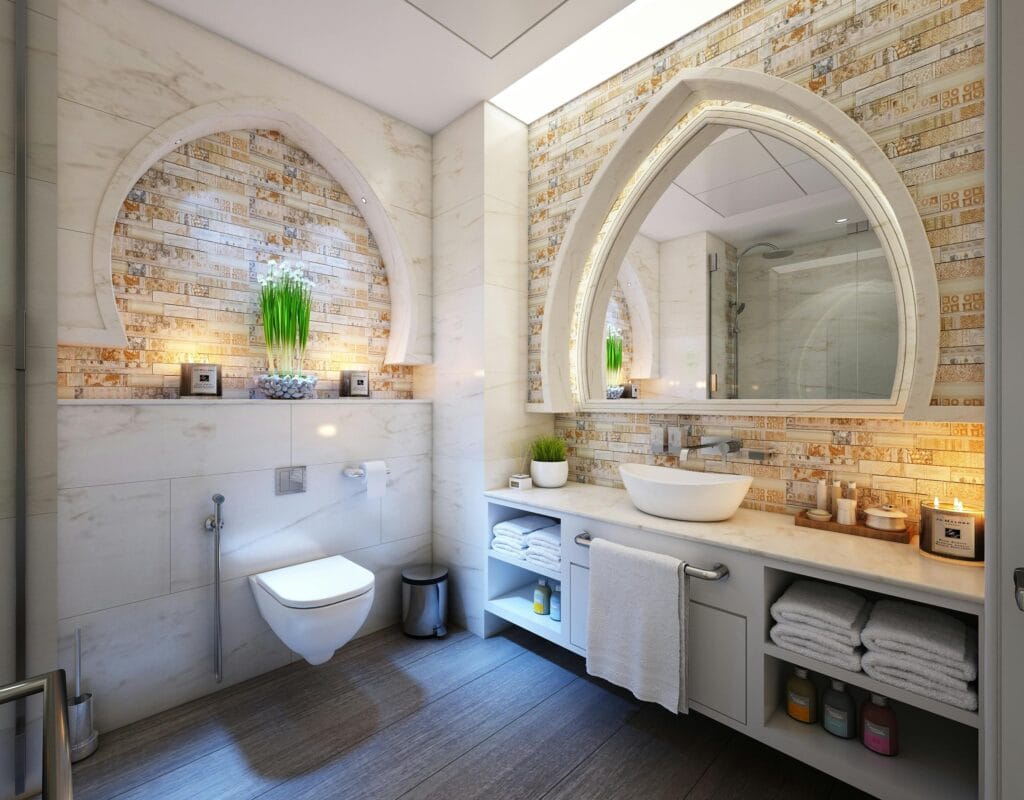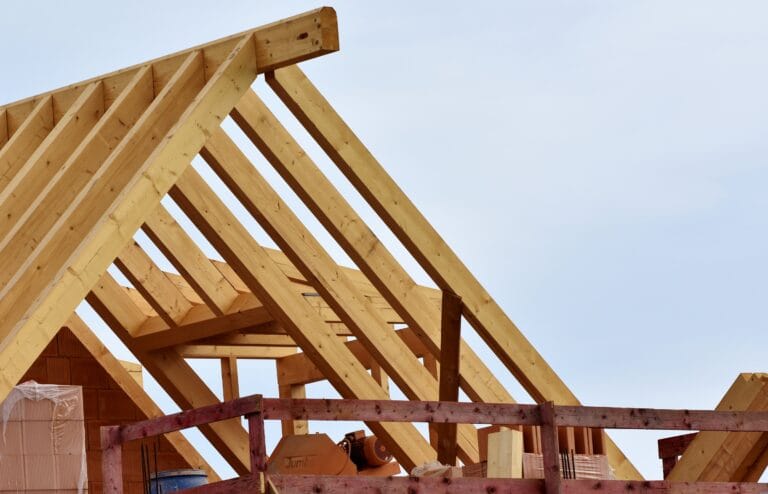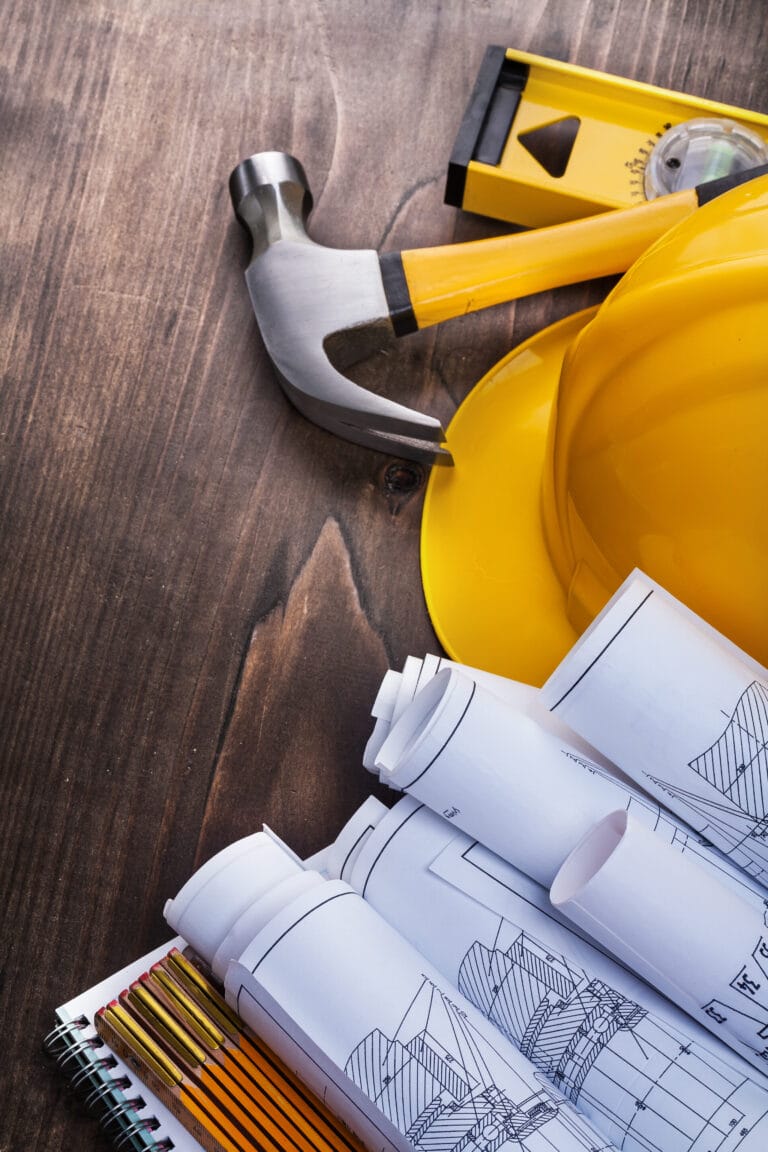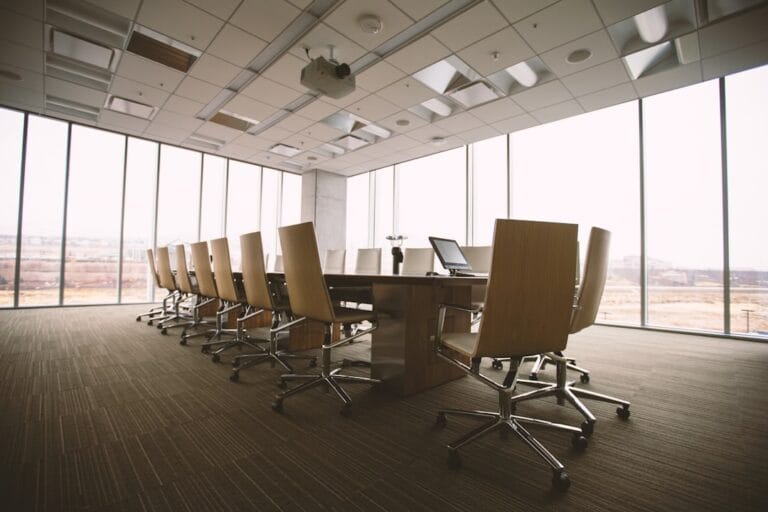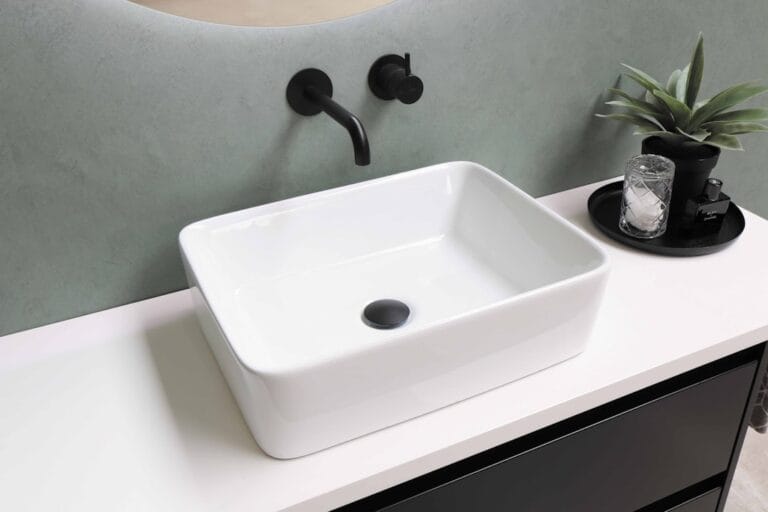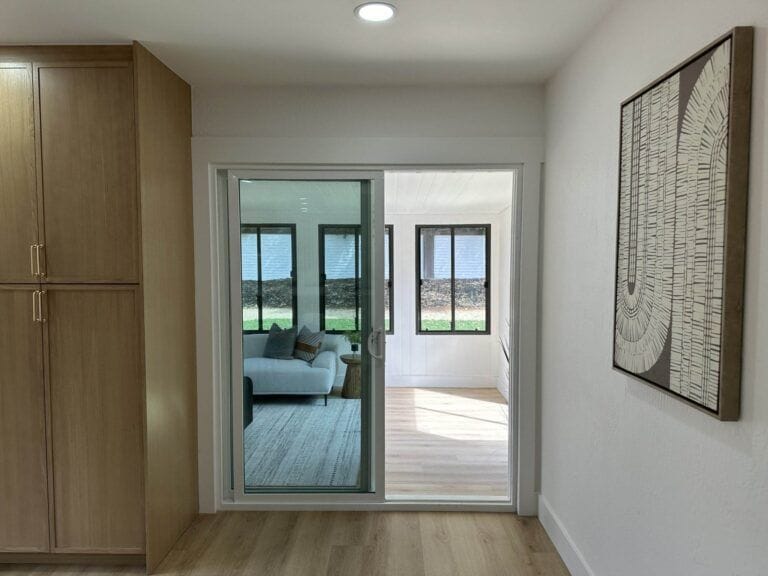Partial renovation cleaning is a crucial step in the renovation process that often goes overlooked. When a space undergoes renovations, whether it’s a kitchen upgrade, bathroom remodel, or any other improvement, the aftermath can leave behind a significant amount of dust, debris, and residue. This cleaning phase is essential not only for aesthetic reasons but also for health and safety.
A thorough cleaning ensures that the newly renovated areas are not only visually appealing but also free from harmful particles that could affect indoor air quality. Moreover, partial renovation cleaning helps to protect the investment made in the renovation. Dust and debris can settle on new surfaces, potentially causing scratches or damage over time.
By prioritizing a comprehensive cleaning after renovations, property managers, builders, and realtors can ensure that the newly upgraded spaces remain in pristine condition for future use or sale. This attention to detail reflects a commitment to quality and transparency, which is vital in maintaining a good reputation in the industry.
Key Takeaways
- Partial renovation cleaning is important for maintaining a clean and healthy environment during and after construction.
- Proper preparation is key to successful partial renovation cleaning, including removing furniture and protecting surfaces.
- Different types of upgrades require different cleaning strategies, such as dusting for drywall work and mopping for flooring installation.
- Deep cleaning after renovation is crucial to remove construction dust, debris, and residue for a truly clean and polished result.
- Addressing dust and debris is essential for preventing respiratory issues and maintaining a clean living or working space.
Preparing for Partial Renovation Cleaning
Preparation is key when it comes to partial renovation cleaning. Before the cleaning process begins, it is essential to assess the area that has undergone renovations. This includes identifying the types of materials used, the extent of the work completed, and any specific cleaning requirements that may arise from those materials.
A well-prepared approach allows for a more efficient cleaning process and ensures that no area is overlooked. Additionally, creating a detailed cleaning checklist can be incredibly beneficial. This checklist should outline all tasks that need to be completed, from dusting surfaces to deep cleaning carpets.
By having a clear plan in place, cleaners can systematically tackle each area without missing critical steps. It’s also advisable to gather all necessary cleaning supplies beforehand, ensuring that biodegradable cleaners are used throughout the process. This commitment to using environmentally friendly products not only promotes sustainability but also ensures a safe environment for occupants.
Cleaning Strategies for Different Types of Upgrades
Different types of renovations may require tailored cleaning strategies to effectively address the unique challenges they present. For instance, kitchen upgrades often involve the installation of new appliances and cabinetry, which can leave behind grease and grime. In such cases, it’s important to focus on degreasing surfaces and ensuring that all kitchen fixtures are spotless.
Utilizing specialized cleaners designed for kitchen surfaces can enhance the effectiveness of the cleaning process. On the other hand, bathroom renovations may introduce new tiles, fixtures, and plumbing elements that require careful attention. Cleaning strategies here should include descaling showerheads and faucets, scrubbing tiles to remove any grout residue, and ensuring that all surfaces are sanitized.
By adapting cleaning methods to suit the specific upgrades made, property managers and builders can ensure that each area is thoroughly cleaned and ready for use.
The Importance of Deep Cleaning After Renovation
Deep cleaning after renovation is not just about surface-level tidiness; it’s about ensuring that every nook and cranny is addressed. Renovations can stir up dust and debris that settle in hard-to-reach places, making it essential to conduct a thorough deep clean. This process involves more than just vacuuming or wiping down surfaces; it requires a meticulous approach to ensure that all remnants of construction are removed.
Deep cleaning also plays a significant role in enhancing indoor air quality. Renovation dust can contain harmful particles that may lead to respiratory issues if inhaled over time. By investing in a deep clean post-renovation, property managers and builders can create a healthier environment for occupants.
This commitment to cleanliness not only benefits those who will use the space but also reflects positively on the reputation of those involved in the renovation process.
Addressing Dust and Debris
Dust and debris are inevitable byproducts of any renovation project. They can accumulate on surfaces, settle into crevices, and even infiltrate HVAC systems if not properly managed. Addressing this dust is crucial for maintaining a clean and safe environment post-renovation.
A systematic approach to dust removal should be implemented, starting from the highest points in the room and working downwards to ensure that dust does not settle on already cleaned areas. Using high-efficiency particulate air (HEPA) filters in vacuums can significantly improve dust removal efficiency. These filters capture fine particles that standard vacuums might miss, ensuring a more thorough clean.
Additionally, damp cloths should be used for dusting surfaces rather than dry cloths, as they are more effective at trapping dust rather than just moving it around. By prioritizing dust and debris removal, property managers can ensure that newly renovated spaces are welcoming and ready for use.

Cleaning and Polishing Surfaces
Cleaning with Environmentally Conscious Practices
Once dust and debris have been removed, the next step is to focus on cleaning surfaces throughout the renovated area. This includes cabinets, countertops, flooring, and any other surfaces that may have been impacted during the renovation process. Using biodegradable cleaners not only ensures effective cleaning but also aligns with environmentally conscious practices.
Polishing Surfaces for Enhanced Appearance and Protection
Polishing surfaces is equally important as it enhances their appearance and protects them from future wear and tear. For instance, countertops made of granite or quartz benefit from specialized polishing products that restore their shine while providing a protective layer against stains and scratches. Similarly, hardwood floors may require specific cleaners designed to nourish the wood while providing a glossy finish.
Elevating the Aesthetic of the Renovated Space
By taking the time to clean and polish surfaces thoroughly, property managers can elevate the overall aesthetic of the renovated space.
Removing Construction Residue
Construction residue can be one of the most challenging aspects of post-renovation cleaning. This residue may include paint splatters, adhesive remnants, or even leftover materials from construction processes. Removing these substances requires careful attention and often specialized techniques or products tailored to tackle specific types of residue.
For example, paint splatters on floors or walls may require solvents designed for paint removal without damaging underlying surfaces. Similarly, adhesive residues from tape or labels can be effectively removed using specific adhesive removers that break down sticky substances without harming finishes. By addressing construction residue promptly and effectively, property managers can ensure that newly renovated spaces are not only clean but also free from unsightly marks or blemishes.
Cleaning Hard-to-Reach Areas
Hard-to-reach areas often become neglected during standard cleaning processes but are crucial for achieving a truly thorough clean after renovations. These areas may include behind appliances, under cabinets, or high ceilings where dust tends to accumulate unnoticed. A comprehensive cleaning strategy should include methods for accessing these spaces effectively.
Using extension tools for dusting or vacuuming can help reach high areas without the need for ladders or scaffolding. Additionally, moving appliances or furniture may be necessary to access hidden spaces where dust and debris have settled. While this may require extra effort, it is essential for ensuring that every corner of the renovated space is clean and ready for use.
Ensuring a Safe and Healthy Environment
Creating a safe and healthy environment post-renovation is paramount for both occupants and workers involved in the space. The presence of construction dust and debris can pose health risks if inhaled or if individuals come into contact with harmful substances left behind after renovations. Therefore, thorough cleaning is essential not only for aesthetics but also for health considerations.
Utilizing biodegradable cleaners contributes to this goal by minimizing exposure to harsh chemicals that could irritate respiratory systems or cause allergic reactions. Furthermore, ensuring proper ventilation during and after the cleaning process helps dissipate any lingering odors or airborne particles. By prioritizing safety and health in post-renovation cleaning efforts, property managers can foster an environment conducive to well-being.
Hiring Professional Cleaners for Partial Renovation Cleaning
While some may consider tackling partial renovation cleaning independently, hiring professional cleaners can significantly enhance the efficiency and effectiveness of the process. Professionals bring expertise in handling various types of materials and residues commonly found after renovations. Their experience allows them to implement best practices tailored to specific situations.
Moreover, professional cleaners have access to specialized equipment and high-quality biodegradable products that may not be readily available to individuals undertaking DIY cleaning efforts. This ensures a more thorough clean while adhering to environmentally friendly practices. For property managers, builders, or realtors looking to maintain high standards in their renovated spaces, investing in professional cleaning services is a wise decision.
Maintaining the Cleanliness After Renovation
Once partial renovation cleaning has been completed successfully, maintaining cleanliness becomes an ongoing responsibility. Establishing regular cleaning schedules can help prevent dust accumulation and keep newly renovated spaces looking their best over time. Simple practices such as routine dusting, vacuuming, and surface wiping can go a long way in preserving cleanliness.
Additionally, educating occupants about proper maintenance practices can contribute to long-term cleanliness. Encouraging them to promptly address spills or messes as they occur will help prevent stains or damage from setting in over time. By fostering a culture of cleanliness post-renovation, property managers can ensure that their investments remain in excellent condition for years to come.
FAQs
What is partial renovation cleaning?
Partial renovation cleaning is a service that focuses on cleaning and refreshing specific areas of a property that have undergone renovation or upgrades. This can include cleaning up dust, debris, and other messes left behind by construction or renovation work.
What does a partial renovation cleaning service include?
A partial renovation cleaning service typically includes dusting and wiping down surfaces, vacuuming and mopping floors, cleaning windows and fixtures, and removing any construction debris or leftover materials. The goal is to make the renovated areas clean and presentable.
Why is partial renovation cleaning important?
Partial renovation cleaning is important because it helps to restore the cleanliness and comfort of a property after renovation work. It ensures that the newly upgraded areas are ready for use and enjoyment, and it can also help to improve indoor air quality by removing dust and debris.
Who can benefit from partial renovation cleaning services?
Homeowners, property managers, real estate agents, and construction companies can all benefit from partial renovation cleaning services. Anyone who has recently completed renovation work or upgrades to a property can benefit from the professional cleaning and refreshing of the renovated areas.
How can I find a reliable partial renovation cleaning service in Santa Clara?
To find a reliable partial renovation cleaning service in Santa Clara, you can ask for recommendations from friends or family, search online for local cleaning companies, and read reviews from previous customers. It’s important to choose a reputable and experienced cleaning service to ensure the best results.
Fresh Start After Renovation with Master Clean
Ready to refresh your space without the hassle? Let Master Clean handle your partial renovation cleaning in Santa Clara! Our expert team will leave your home spotless and ready to enjoy.
